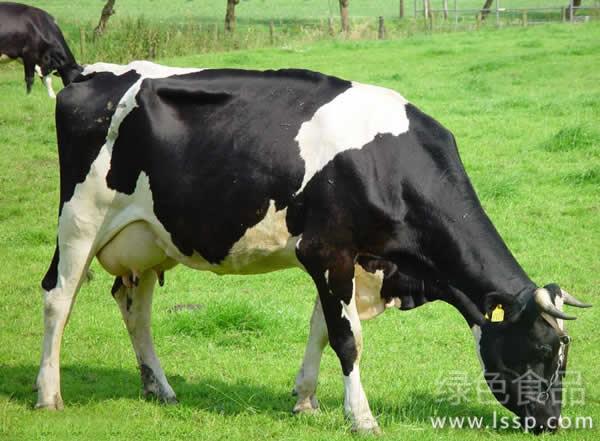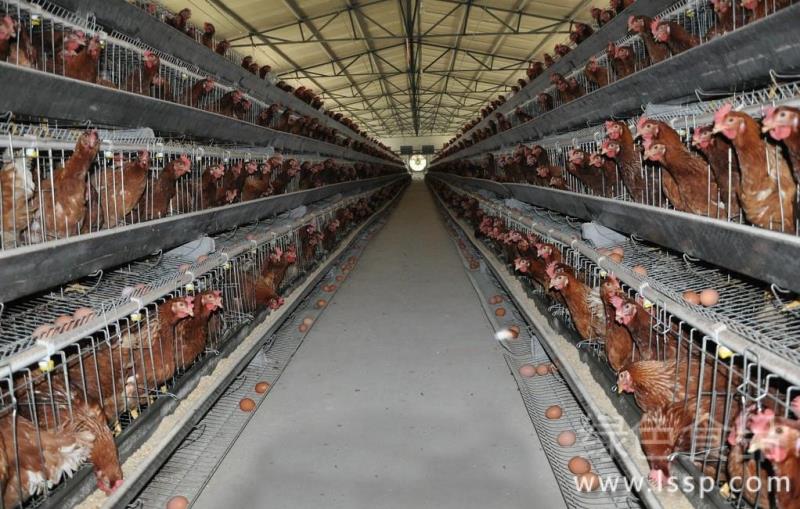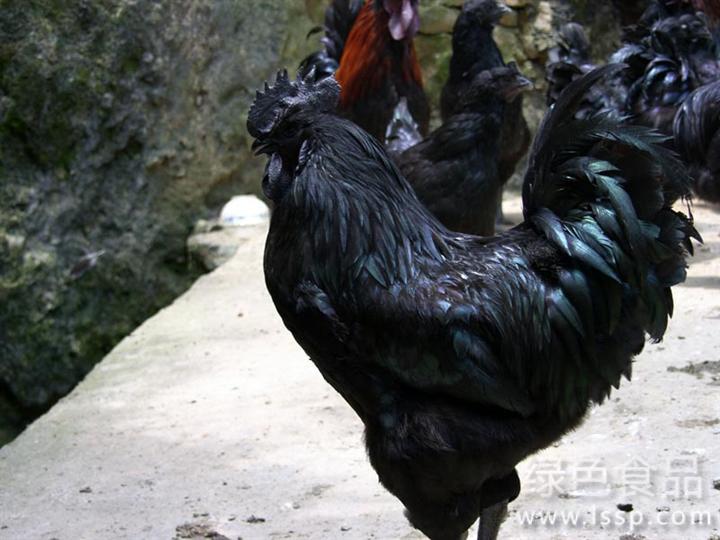Five measures for heatstroke prevention and cooling of dairy cows prone to heat stress under high temperature
Cows, cold-resistant and afraid of high temperature, heat will lead to cow heat balance destruction or imbalance, known as "heat stress". In the dairy cows with heat stress, not only the milk yield and reproduction rate decreased, but also the resistance decreased and the incidence increased. Therefore, the management of dairy cows in summer is mainly to prevent heat and cool down, as follows:

Cow
First, reduce the radiant heat. Use good insulation materials to build cow barn roof or add roof, roof and wall whitening, using white energy to reflect sunlight to reduce reflected heat and radiant heat. Appropriately plant trees and grass around the barn and playground to reduce sunlight radiation to prevent heat from entering the barn and improve the microclimate of the barn.
Second, adjust the diet and feed it reasonably. In order to maintain the milk yield of dairy cows, it is necessary to enhance the palatability of dairy cows, adjust dietary composition, reduce the proportion of crude fiber, diversify concentrate feed, contain high level of protein, feed more grass, vegetables, melons and other fodder, and carry out night grazing and night feeding.
Provide enough clean drinking water. Cows drink about 100kg every day in summer, drink freely, keep the water clean and cool, and increase drinking facilities if necessary. The water temperature is 10 ℃, and the effect is the best. Cold water can lower the body temperature and increase the appetite of dairy cows. The effect of feeding dilute porridge is also obvious. Conditional dairy farms can properly feed mung bean soup or brine soup (50kg water, salt 40g 50g, bran 1kg 1.5kg, 3 times a day) to increase cow appetite, prevent heat and cool down, and control milk production.
Fourth, regular sanitary disinfection. At the height of summer, bacteria and other pathogenic microorganisms multiply rapidly, so it is necessary to clean the barn frequently, wash the feed trough and sink frequently, remove the manure of the barn, keep the barn and its surroundings clean and hygienic, and disinfect it strictly with high-efficiency disinfectant on a regular basis.
Fifth, eliminate mosquitoes and flies to prevent poisoning. In the middle of summer, there are more mosquitoes and flies, which not only bite the cow, affect the rest of the cow, resulting in a decline in milk production, but also spread diseases through mosquitoes and flies. Therefore, screen doors and windows can be added in the barn to prevent mosquitoes and flies from biting the cow; it can also be sprayed with 90% trichlorfon 600-800 times to kill mosquitoes and flies, but when using the medicine, the concentration is too high and the liquid seeps into the milk to prevent poisoning.
- Prev

The damage of eggs affects the benefit of laying hens how to reduce the damage rate of eggs
The damage of eggs affects the benefit of laying hens how to reduce the damage rate of eggs
- Next

How to improve the survival rate of black chicken with poor living ability and disease resistance
How to improve the survival rate of black chicken with poor living ability and disease resistance
Related
- On the eggshell is a badge full of pride. British Poultry Egg Market and Consumer observation
- British study: 72% of Britons are willing to buy native eggs raised by insects
- Guidelines for friendly egg production revised the increase of space in chicken sheds can not be forced to change feathers and lay eggs.
- Risk of delay in customs clearance Australia suspends lobster exports to China
- Pig semen-the Vector of virus Transmission (4)
- Pig semen-the Vector of virus Transmission (3)
- Five common causes of difficult control of classical swine fever in clinic and their countermeasures
- Foot-and-mouth disease is the most effective way to prevent it!
- PED is the number one killer of piglets and has to be guarded against in autumn and winter.
- What is "yellow fat pig"? Have you ever heard the pig collector talk about "yellow fat pig"?

